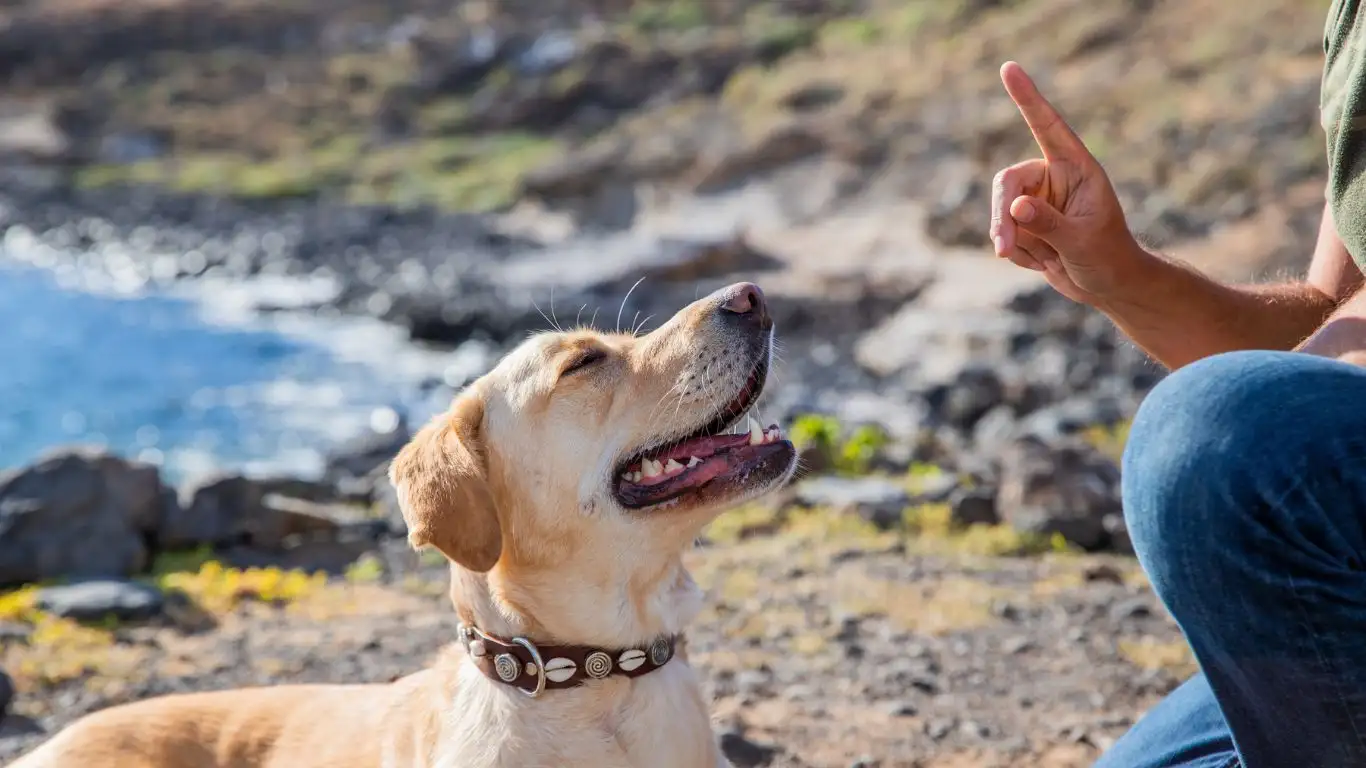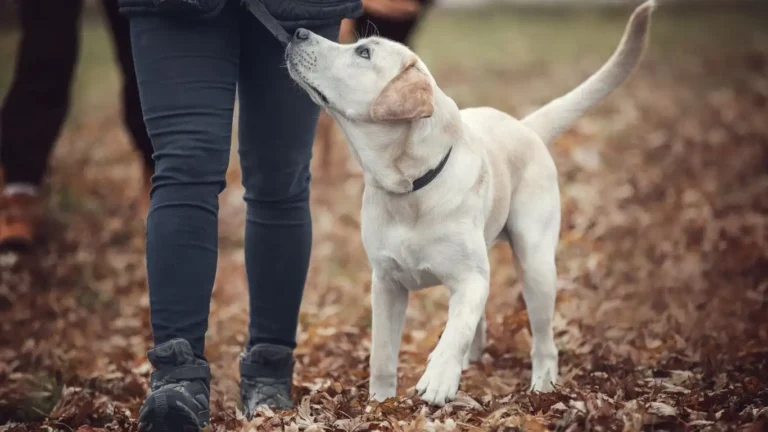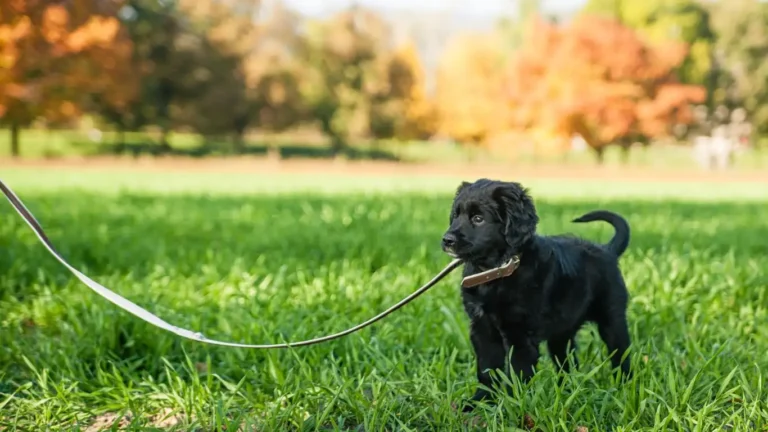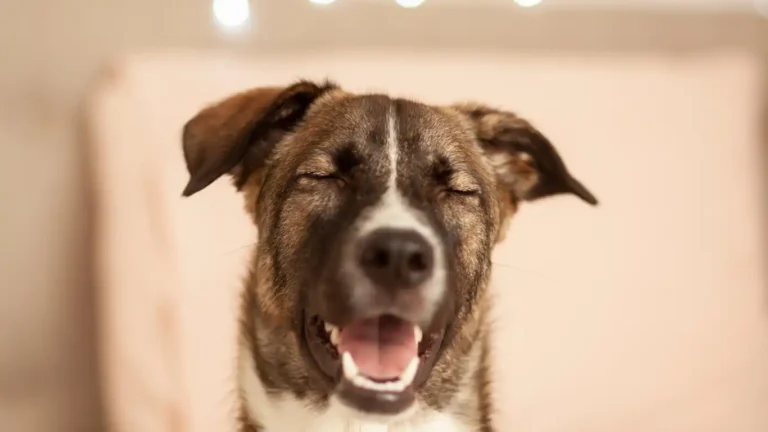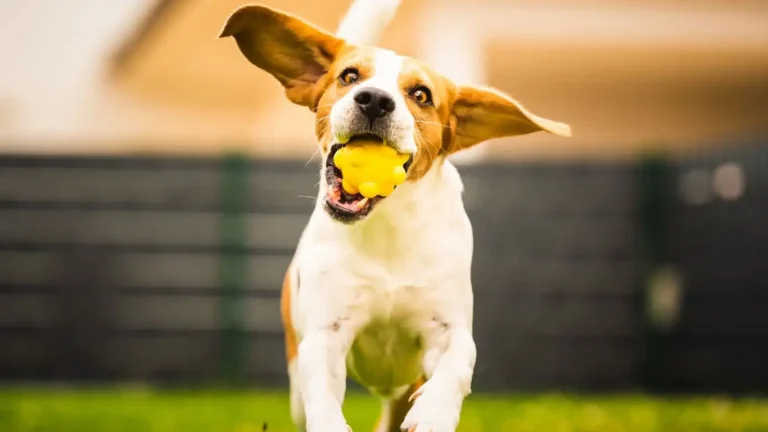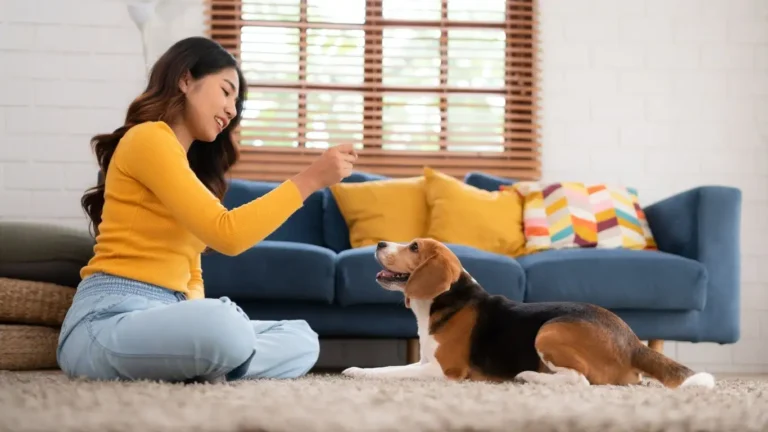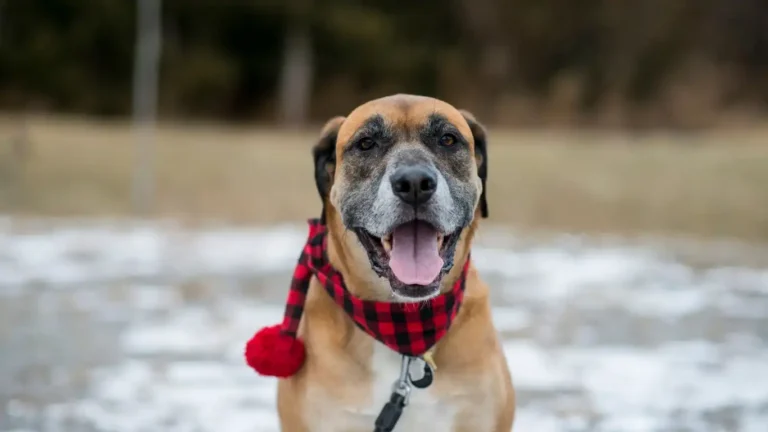How to Train a Dog to Behave Well Around Food: Expert Tips for Calm Mealtimes
As a Canine-Assisted Therapy Trainer, I’ve spent years working with dogs of all breeds, and one thing that consistently comes up is food-related behavior issues. Whether it’s a dog who becomes overly possessive of food or one that simply can’t stay calm while eating, it’s a common problem that many pet owners face. So, how do we train a dog to behave well around food? Well, in my experience, it takes patience, consistency, and understanding. In this guide, I’ll walk you through the steps I use to help dogs develop good food-related behaviors, and how you can do the same at home.
Understanding Food-Related Behavior Issues in Dogs

Food-related behavior issues in dogs are more common than you might think. Dogs can develop negative behaviors around food for a variety of reasons, ranging from survival instincts to past experiences. Some dogs may have been rescued from situations where food was scarce, making them extra protective or anxious when it comes to their meals. Others might simply have not learned proper manners around food because they haven’t been trained. These behaviors can range from mild impatience to more serious issues like food guarding or aggression.
As pet owners, it’s important to recognize that food-related behavior isn’t necessarily the dog’s fault. It’s often a result of learned habits, environmental factors, or the dog’s natural instincts. However, with proper training, you can help your dog develop a healthier attitude toward food, which will make mealtime more enjoyable for both of you.
Why Does My Dog Guard Food?
Food guarding is one of the most common and concerning food-related behavior issues. But before you can address the issue, it’s important to understand why it happens in the first place. At its core, food guarding is driven by a dog’s primal instincts: in the wild, securing food is essential for survival. For some dogs, this instinct can manifest as aggression or possessiveness when food is present.
In some cases, food guarding may stem from past trauma. Dogs that have been neglected or lived in environments where food was scarce may develop anxiety when they perceive that someone might take their food away. Others may simply not have been taught that they don’t need to protect their meals because their human won’t take it from them.
How to Train a Dog to Behave Well Around Food
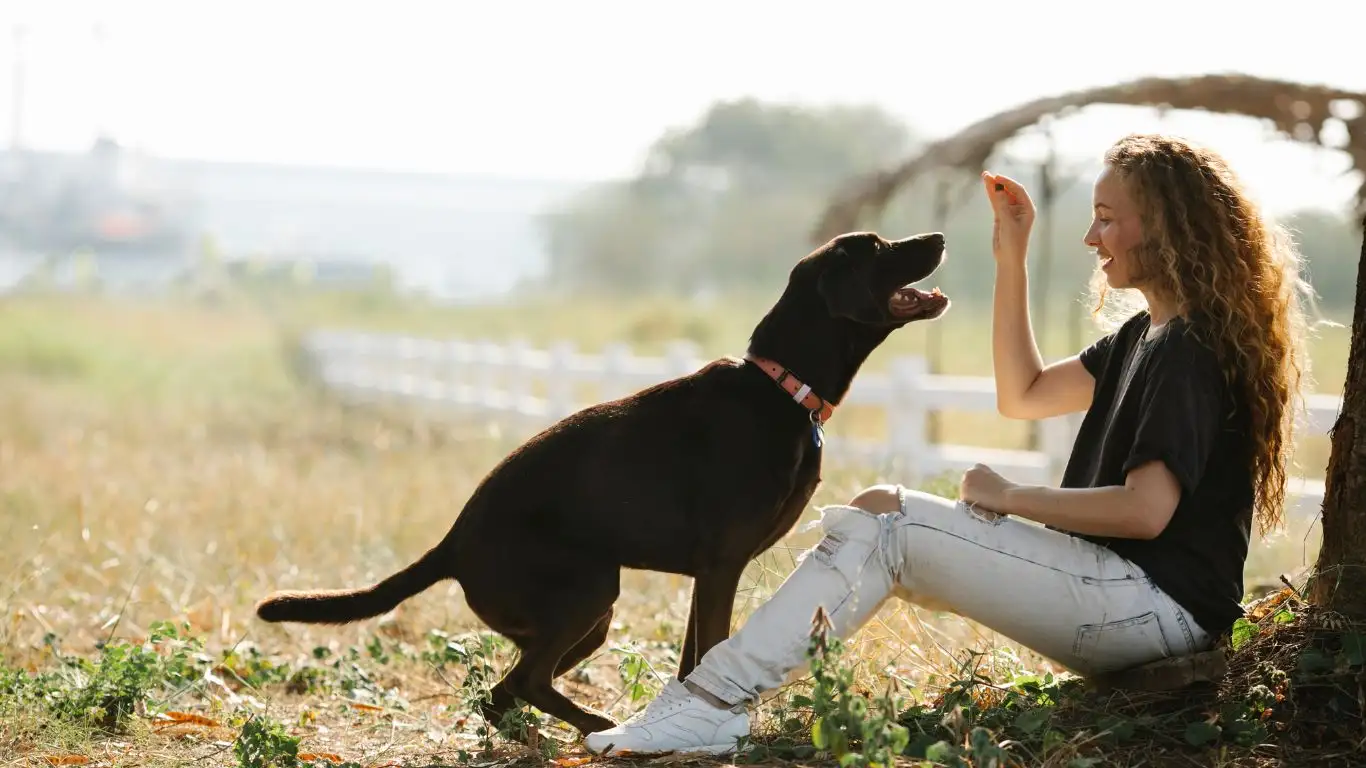
Now that we understand the root of food-related behavior issues, let’s dive into how to train a dog to behave well around food. This training involves building trust and consistency over time, so don’t expect overnight results. Below are a few simple, yet effective techniques I’ve used in my training sessions to encourage better behavior during mealtime.
1. Create a Positive Association with Food
One of the first steps in training your dog to behave well around food is to create a positive association with it. If your dog associates food with good things, they’re less likely to be anxious, possessive, or aggressive during mealtime.
Start by feeding your dog in a calm, distraction-free area. When you place their food bowl down, immediately follow up with something enjoyable, like a calm pet or a treat. The key here is to make your dog associate food with positive experiences, so they feel comfortable and secure while eating.
2. Avoid Reinforcing Negative Behaviors
If your dog shows any signs of food guarding or aggression, it’s important not to reinforce those behaviors. For example, if your dog growls when you get close to their food, don’t respond with fear, anger, or even attempts to remove the food. This can escalate the situation and reinforce the negative behavior.
Instead, take a step back and calmly redirect your dog’s attention. Use positive reinforcement like treats or praise when your dog shows calm behavior around their food. The goal here is to teach your dog that calm, relaxed behavior leads to rewards, while aggressive or anxious behavior doesn’t result in anything good.
3. Use the “Leave It” Command
The “Leave It” command is one of the most effective tools you can use when training your dog to behave well around food. It teaches your dog that they don’t need to rush or protect their food because they can always get something better by following your command.
To teach this command, start with something your dog loves—perhaps a treat or a piece of food. Hold it in your hand and let your dog see it. When they try to grab it, calmly say “Leave it” and close your hand around the treat. Wait for your dog to back off or stop showing interest in the food. Once they do, praise them and give them a treat as a reward for their patience.
4. Gradually Increase the Challenge
Once your dog has mastered the “Leave It” command, it’s time to gradually increase the challenge. Start by placing their food bowl down and using the “Leave It” command. This will help reinforce the idea that food is not something to be aggressively guarded or rushed toward.
As your dog becomes more comfortable with the command, try adding distractions. You might walk around the food bowl or have someone else enter the room. The goal is to reinforce that they can trust you around food and that calm, controlled behavior is always rewarded.
5. Teach a “Place” Command During Mealtime
If you have multiple pets or your dog is particularly excitable around food, teaching them a “place” command can be a game changer. This is a great way to prevent your dog from jumping up on counters or becoming overly possessive when food is around.
To teach “place,” start by getting your dog to go to a specific spot in the house, like a mat or a bed, using the command “Place.” Once they’re on the mat, reward them with praise and treats. Over time, you can begin incorporating this command during mealtime to prevent your dog from getting too excited or possessive around their food bowl.
Common Pitfalls to Avoid
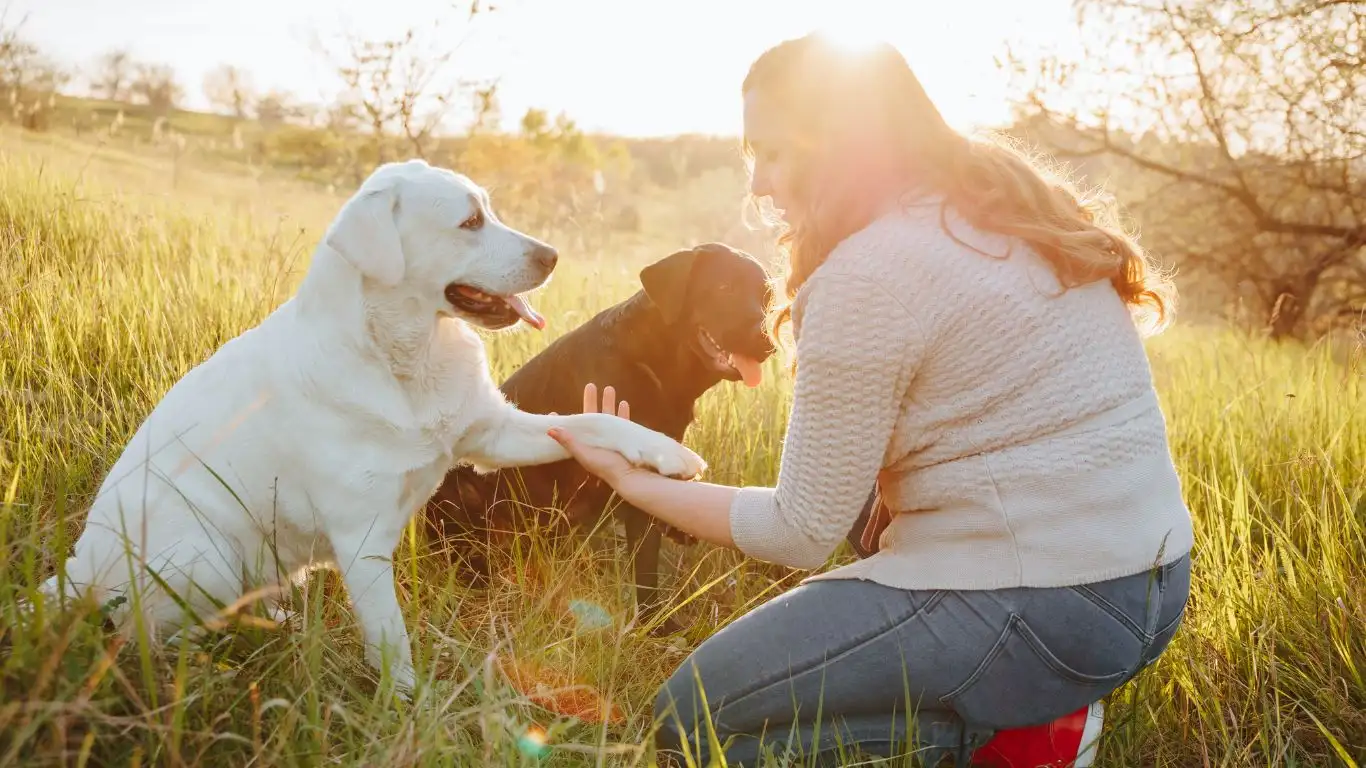
While training your dog to behave well around food is rewarding, it’s not always smooth sailing. Here are a few common mistakes I’ve seen owners make and how you can avoid them:
- Overcorrecting your dog: If you’re too harsh or quick to correct your dog, you might make them anxious or fearful of food. Be gentle but firm, and always offer positive reinforcement for good behavior.
- Not being consistent: Consistency is key when training any dog. If you’re inconsistent with rewards or commands, it can confuse your dog and slow down progress.
- Expecting quick results: Training takes time, especially when it comes to food-related behaviors. Be patient, and remember that every dog learns at their own pace.
With these tips in mind, you’ll be well on your way to training your dog to behave well around food. Remember, it’s all about patience, trust, and consistency!
Consistency is Key to Effective Food Training

When it comes to teaching your dog to behave well around food, consistency is absolutely crucial. This is something I cannot emphasize enough. I’ve worked with a lot of dogs over the years, and the most successful training sessions always had one thing in common: consistent, repeatable actions. If you’re inconsistent with your commands, rewards, or expectations, your dog can become confused or frustrated, and that can hinder their progress.
For example, if one day you let your dog eat from your plate without any boundaries, but the next day you’re trying to teach them not to jump up at the table, you’re sending mixed signals. Dogs are incredibly smart, but they need clear, repeatable patterns to learn. If you’re consistent with your commands and expectations, your dog will understand what’s expected of them during mealtime and beyond.
Gradual Exposure to Triggers
Another tip I’ve learned over the years is that gradual exposure to triggers is a great way to build a calm response around food. If your dog tends to get anxious or possessive when they see food, you don’t want to dive right into situations where food is present and expect them to be perfectly calm. Instead, start small and work your way up.
For instance, if your dog gets protective when they see food on the kitchen counter, don’t just put the food right on the counter and expect them to ignore it. Begin by placing the food in their line of sight but not within reach. You can gradually increase the challenge by moving the food closer, while reinforcing calm behavior. If they stay relaxed, reward them! If they start getting agitated, calmly redirect them, and then try again.
Understanding the “Wait” and “Stay” Commands

The “Wait” and “Stay” commands are incredibly useful in teaching your dog patience and respect around food. These commands help your dog understand that they don’t need to rush or jump in when food is presented, and they can wait for your permission to eat. Over the years, I’ve found that these commands help immensely, especially when training dogs that struggle with food impatience or food guarding.
Let’s break down how to teach these commands effectively:
1. Teaching the “Wait” Command
Start by placing your dog’s food bowl on the floor, but don’t let them eat it immediately. Give the “wait” command in a calm and firm voice. If your dog moves toward the bowl or shows signs of excitement, gently move them away and have them sit. Once they are calm, give the “wait” command again. After a few moments of calm behavior, reward them with the opportunity to eat. With repetition, your dog will learn that the reward of eating comes after they’ve waited patiently.
2. Teaching the “Stay” Command
The “stay” command is similar to “wait,” but it’s often used to keep your dog in a more stationary position. This is perfect for training your dog to stay away from the food while you prepare their meal or when there are multiple dogs in the household. Start by having your dog sit or lie down in front of their food bowl, then give the “stay” command. Initially, you may need to keep the duration short, but gradually lengthen the time your dog remains in place before rewarding them with their meal.
The idea here is that your dog learns to respect boundaries around food and understands that rushing toward it is not acceptable. With practice, your dog will associate staying calm and being patient with receiving food as a reward.
Dealing with Multiple Dogs and Food Challenges
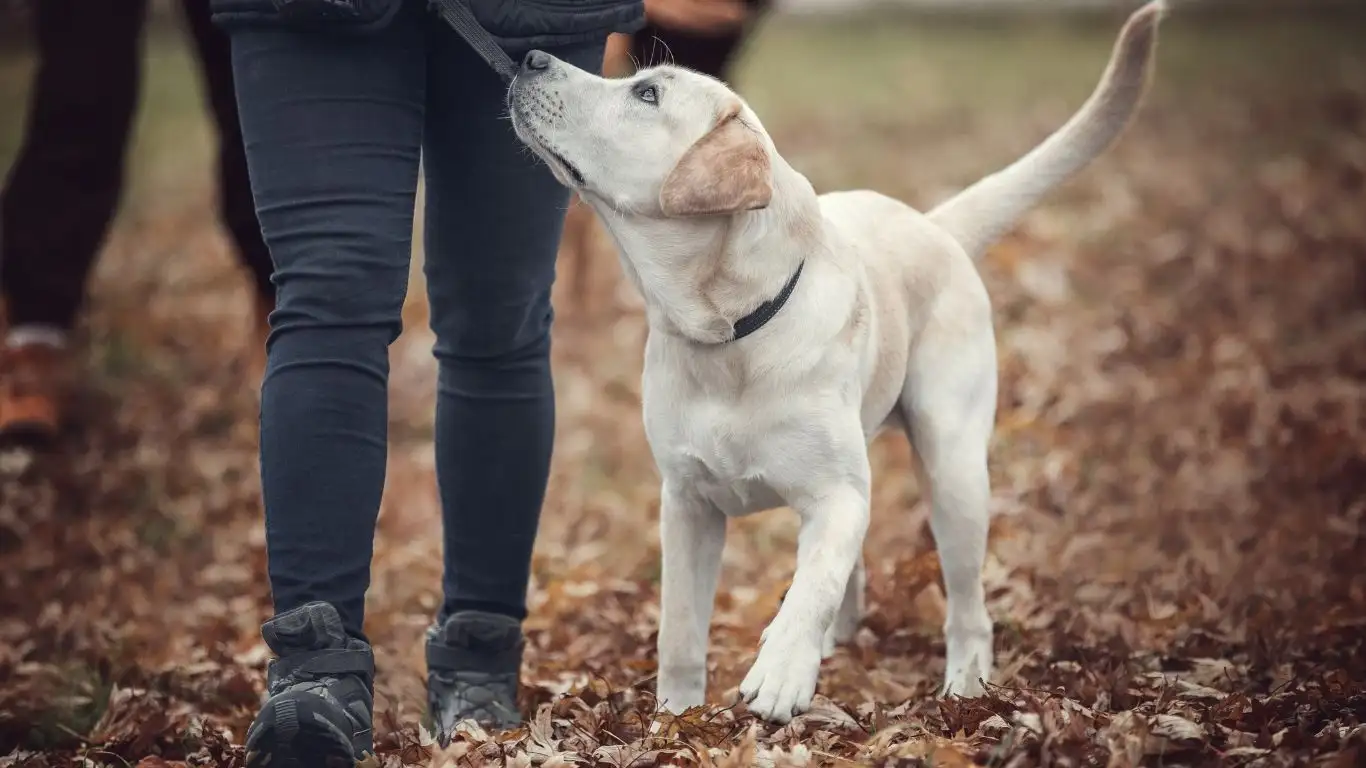
If you have more than one dog, training them to behave well around food can be even more challenging. When multiple dogs are involved, food can quickly become a source of competition or tension. But don’t worry, there are ways to manage multiple dogs during mealtime without chaos breaking out!
One of the most effective methods I’ve found when dealing with multiple dogs is to separate their food bowls at a safe distance. This prevents the dogs from getting too close to each other, which can trigger food guarding behaviors. For example, if you have one dog who is particularly protective of their food, it’s best to feed them in a separate room or area, so they don’t feel threatened by the other dogs.
Create Individual Feeding Spaces
Creating individual feeding spaces for each dog can help reduce tension and prevent food-related aggression. It’s essential that each dog feels secure in their eating environment. If you have a large household or multiple dogs, consider setting up a few designated feeding zones, where each dog has a separate space to enjoy their meal without interference from others. This allows dogs to focus on their food without worrying about another dog approaching their bowl.
Introduce Dogs to Each Other’s Food Gradually
If you’re introducing a new dog to the household, it’s important to gradually introduce them to the idea of sharing space during mealtime. Start by feeding each dog in their own area, then slowly begin moving the bowls closer together while reinforcing calm behavior. Over time, the dogs will learn to tolerate each other’s presence without getting possessive or aggressive over food.
Don’t Forget About Exercise!
Training your dog to behave well around food doesn’t just happen through mental exercises. Physical exercise plays a huge role too! I’ve seen firsthand how much a dog’s behavior improves when they are given enough physical activity. A tired dog is a well-behaved dog. If your dog is full of energy and pent-up excitement, it’s much harder for them to stay calm during meals.
Make sure your dog is getting regular walks, playtime, or any form of physical activity that they enjoy. When a dog is mentally and physically stimulated, they’re more likely to remain calm and focused during mealtime. Exercise helps release any built-up energy that could otherwise result in unwanted food-related behavior like begging, jumping, or food aggression.
Incorporate Mental Stimulation Games
Along with physical exercise, mental stimulation is equally important. Puzzle toys, treat-dispensing toys, and interactive games can provide your dog with the mental challenge they need. Mental stimulation tires dogs out just as much as physical exercise, which will make your training efforts even more effective.
All in all, when it comes to teaching your dog to behave well around food, it’s a combination of physical, mental, and emotional support that will lead to success. Stay patient, be consistent, and remember to have fun with the process. Training is a lifelong journey, but it’s totally worth the effort when you see your dog mastering those mealtime manners!
Keeping Mealtime Calm: The Importance of Consistency and Routine

As we continue to work on training your dog to behave well around food, it’s important to mention one key factor that can make all the difference: consistency in routine. Dogs, much like humans, thrive on structure and predictability. When we maintain a consistent feeding schedule and ensure that rules around food are always the same, dogs feel more secure and less anxious.
Over the years, I’ve seen how beneficial a consistent mealtime routine can be. Whether it’s the exact time you serve your dog’s food each day, the space where they eat, or the ritual of them sitting before eating, these small details help build a sense of security. When your dog knows what to expect, they’re much more likely to stay calm and focused, allowing you to reinforce positive behavior.
Setting a Feeding Schedule
One of the easiest ways to introduce structure into your dog’s food-related behavior is to set a consistent feeding schedule. Dogs tend to do better when they know exactly when they will eat. Feeding at the same time every day helps regulate their behavior and helps them understand that they need to wait patiently for their meal.
If you’re feeding your dog twice a day, try to keep it within the same timeframe. For example, feed them at 7 AM and 7 PM every day. This way, they won’t feel the need to beg or get overly excited about food because they know when their next meal is coming. Additionally, consistency helps your dog avoid the risk of overeating or becoming overweight, which is another added bonus!
Advanced Training Techniques for Long-Term Success
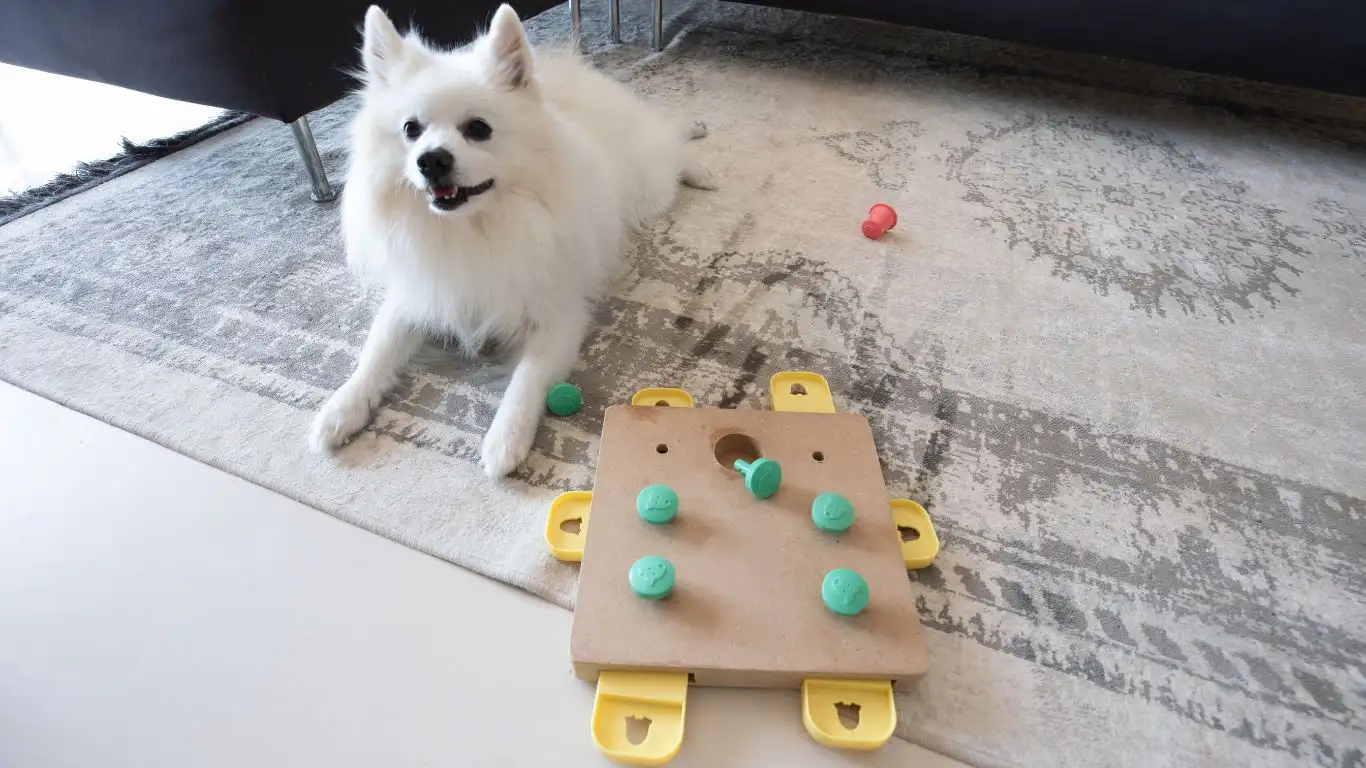
Once your dog has mastered the basics, you might find that you’re ready to take your training a step further. Advanced training techniques can help reinforce the good behaviors you’ve been working on and provide additional challenges for your dog. This is a great way to prevent boredom and keep your dog engaged as they grow older.
1. Food Distractions
Once your dog is consistently following commands like “leave it” or “wait,” you can begin introducing more complex distractions. This could involve having food visible but out of reach while you engage your dog in other activities. By slowly increasing the level of distraction, you’re teaching your dog to stay calm and follow commands even when food is present.
For example, place a bowl of food on the counter or on the floor and give your dog the “leave it” or “stay” command while you move around the kitchen. If they remain calm and do not rush toward the food, reward them with treats or praise. The more your dog is exposed to food distractions and remains calm, the more reliable their behavior will become around food in everyday situations.
2. The “Give” and “Take” Game
This game is a fantastic way to work on your dog’s patience, especially when it comes to food. I’ve found that the “give” and “take” game can help dogs learn to share or give up something they want. The goal is to create a fun, positive interaction where the dog learns that giving up food or a toy leads to something equally rewarding.
Start by holding a piece of food or a treat in your hand. When your dog tries to grab it, say “give” and gently take it from them. After a moment, reward them with a different treat or toy as a reward for relinquishing the food. Eventually, you can use this game to teach your dog that giving up food or sharing doesn’t result in loss—it leads to more fun!
3. Reinforcing Calm Behavior During Food Preparation
One of the biggest challenges I’ve seen with dogs is how they behave during food preparation. Many dogs get overly excited when they see food being prepared or served. This is where the “stay” or “wait” command can become incredibly useful, but I also recommend incorporating it into the process of preparing the meal.
Have your dog stay in a specific spot while you prepare their food, and only reward them with their meal once they remain calm and follow the command. It’s important that your dog understands that the excitement of food preparation doesn’t mean it’s time to rush the kitchen or jump up to the counter. Consistency in this routine will help build patience and reinforce calm behavior around food.
Addressing Common Issues in Food Behavior
Even with all these tips, you may still encounter some food-related behavior challenges. Here are a few common issues I’ve helped many dog owners work through:
1. Begging at the Table
Begging is one of the most annoying food-related behaviors, and it can be tough to break. Dogs beg because they’ve learned that doing so can lead to food. It might start innocently enough, with your dog giving you “puppy eyes” during dinner, but over time it can become a persistent habit. The key to solving this issue is simple: do not reward begging.
When your dog begs at the table, ignore them. Avoid giving them scraps or attention, as this reinforces the behavior. If your dog continues to beg, you can redirect their attention to something else, like a chew toy or a puzzle feeder. It may take time, but once your dog learns that begging does not result in food, the behavior will eventually stop.
2. Sudden Food Aggression
Sometimes, a dog that previously displayed calm behavior around food may suddenly start showing signs of food aggression, such as growling or snapping when someone approaches their bowl. This can be a sign of insecurity or stress. It’s essential to address food aggression immediately before it escalates.
Start by practicing desensitization and counter-conditioning techniques. Begin by calmly approaching your dog while they are eating, offering positive reinforcement like treats for good behavior. Gradually work your way closer to the bowl over time, rewarding your dog for staying calm. It’s important to maintain patience with this process and avoid any harsh corrections that could increase anxiety.
References
If you’d like more information on dog training or need additional resources, be sure to check out some of these reputable sites:
- PawPatron – Dog Training Tips and Resources
- American Kennel Club – Training Articles
- PetMD – Health and Behavior Insights
Disclaimer
While the information provided in this article is based on my personal experience as a Canine-Assisted Therapy Trainer, it should not be considered as professional veterinary advice. Always consult with a licensed veterinarian or professional dog trainer for specific behavior concerns or health-related issues. Every dog is different, and what works for one dog may not be suitable for another. Use this advice as a guideline, but always adjust based on your dog’s individual needs.
